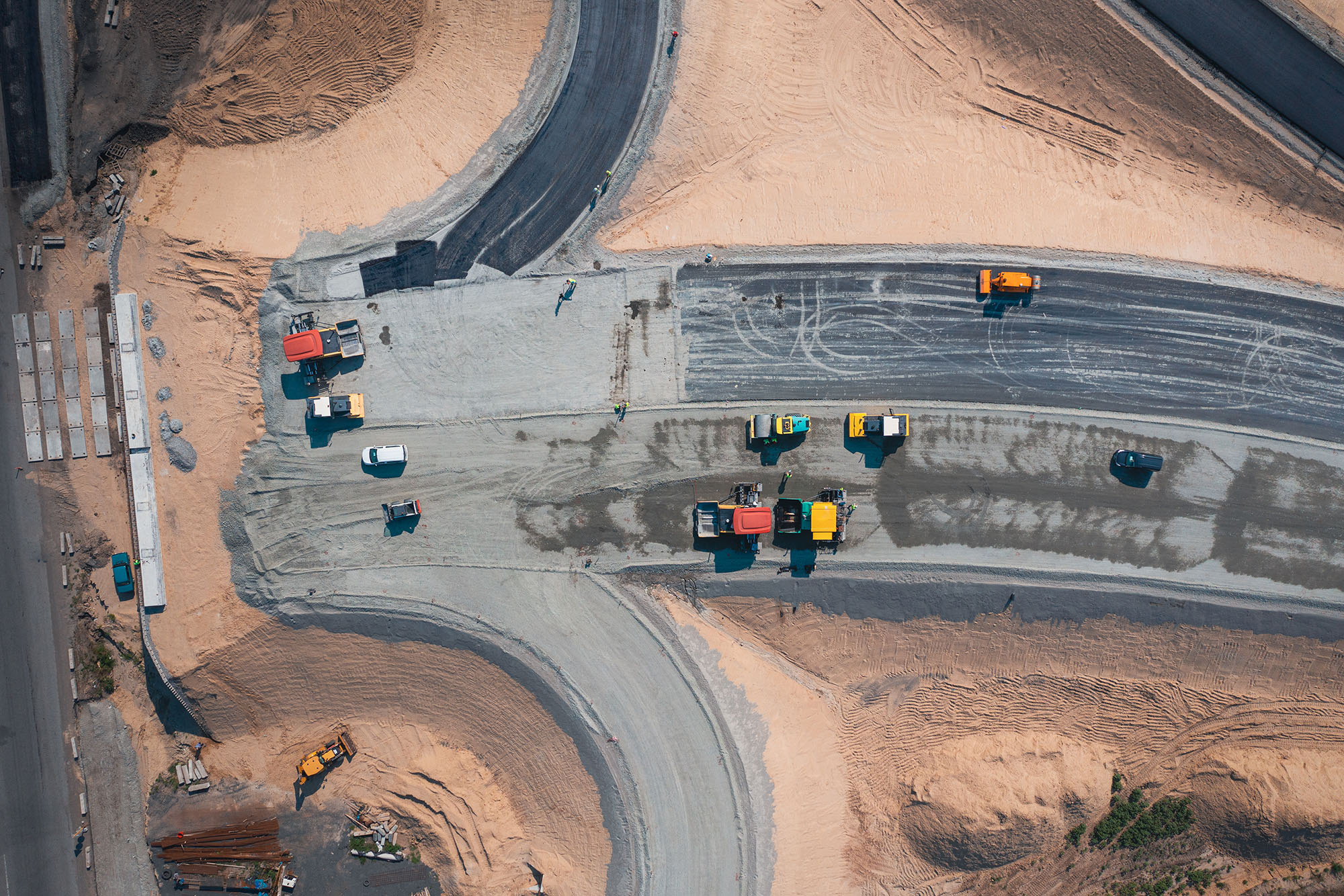A Perth property expert has called for the introduction of an urban sprawl levy on housing estates on the fringes of the metropolitan area to encourage more infill housing.
Limnios Property Group managing director James Limnios, a strident opponent of the geographic expansion of Perth, said unless the state acts quickly future generations will call civic and business leaders the “greedy generation”.
“All Western Australians are stakeholders in our capital city, and we cannot continue to ignore the huge hidden costs of urban sprawl to our community, which includes massive taxpayer infrastructure subsidies for these outer fringe developments,” says Limnios, whose company specialises in infilling development to already urbanised areas.
“Unless we act quickly to contain urban sprawl, future generations will call our civic leaders and business leaders of today ‘the greedy generation’ that had zero consideration for the environment, financial waste through unneeded freeway expansions and infrastructure costs, just to satisfy development that doesn’t make sense.
“Incentives such as the first home-buyers grant for new builds has seen an explosion in new residential developments in the outer Perth area at the expense of new infill housing nearer the city and well-established amenities.”
Perth’s current state of expansion is happening at a time when migration is contributing to housing demand unlike anything seen before, but labour and materials issues mean they can’t get built quickly enough.
As Perth splinters further north and south, so too does the road network, and it is this continued subsidisation of sprawl that has some in the industry seeing red.
The new five-kilometre, $232 million Mitchell Freeway extension to Alkimos cost more than $40,000 a metre.
North of Ellenbrook, Parcel Property is set to develop 611 hectares, which will one day accommodate a population of 12,000 to 13,500 people. The government-funded $100 million interchange on Tonkin Highway which opened in September was considered vital to the estate’s success.
A further $71 million project to build a 4.3 kilometre connection between Great Northern Highway and Tonkin Highway is set to enable the development of more land in Bullsbrook predicted to be home to 85,000 people by 2051, an increase of roughly 1000 per cent on the current population.
Meanwhile, there are plans for a $755 million, 14-kilometre Tonkin Highway extension through Byford and Mundijong to cut congestion to motorists living in estates on the fringe.
The State Infrastructure Strategy puts the cost of providing infrastructure to greenfield lots as two to four times more than infill development.
Curtin University’s Sustainability Policy Institute estimated that every new dwelling built on the urban fringe requires about $90,000 in taxpayer subsidies compared to a similar infill dwelling in Perth.
Limnios said a developer cost recovery levy would help recover the other hidden costs of housing developments, such as the provision of roads and new schools on the outer fringe.
“These levy funds could then be redirected to encourage greater infill in the near city area in prime areas for immediate redevelopment, including the large tracks of underutilised land surrounding McIver railway station or similar.
“I strongly believe that the area surrounding McIver station, for example, could be transformed into an artistic precinct, similar to the Latin Quarter in Paris, which would appeal to young people and help regenerate this blighted inner-city location.”
Census figures showed that during the period 2016 to 2021 the population of the local government area of Armadale surged by 18.3 per cent compared to a growth rate of just 8.6 per cent for the inner-city local government area of Vincent.
“If we now used the same imaginative thinking as authorities in overseas cities such as Copenhagen have employed by making the inner city more appealing to young people and families through better planning, then urban infill could be given a major boost in Perth in the short term,” Limnios said.
“As part of a five-year action plan to encourage urban infill, the state government should consider initiatives such as limiting the first home buyers grant to people who buy a home within a 10-kilometre radius of the Perth CBD.”
Cutting stamp duty and reducing land tax and government charges, as well as giving a major boost to the current affordable housing scheme for inner and near city living, would also help increase the rate of urban infill dramatically, he said.
“In particular, Perth should follow a European city model of having a critical population mass in the inner city. This model is being successfully developed in other major Australian cities such as Sydney and Melbourne.”
Planning Minister John Carey staunchly opposed a sprawl tax saying the addition of any further taxes would only be passed on to home buyers.
“Housing affordability is a key focus for me,” he said.
Carey said the government was intent on introducing policies that incentivised infill such as providing grants to assist with the head work costs associated with density.
He told WAtoday for the first story in this series that cutting urban sprawl was not a priority during a housing crisis and he did not see WA making any changes in the short term to plummeting infill rates.
Urban Development Institute of Australia WA chief executive Tanya Steinbeck said in the midst of a housing crisis, escalating interest rates and threats to affordability, the industry was also strongly opposed to any new tax or charge on development.
“A levy on homes in new development areas would directly impact some of the most vulnerable prospective home buyers, such as first home buyers who are working hard to save a deposit and purchase an affordable home,” she said.
“More infill development will be achieved by addressing issues including the current high development costs, fragmented land ownership, local government hurdles and the delivery and/or upgrade of essential infrastructure to support quality development.
“Adding yet another tax on housing ignores the realities of the current market and that a balance of high quality greenfield and infill housing options is necessary to ensure housing is both affordable and attainable in the future.”
Article by Sarah Brookes, Hamish Hastie and Jesinta Burton of WAtoday published on 13 November 2023



